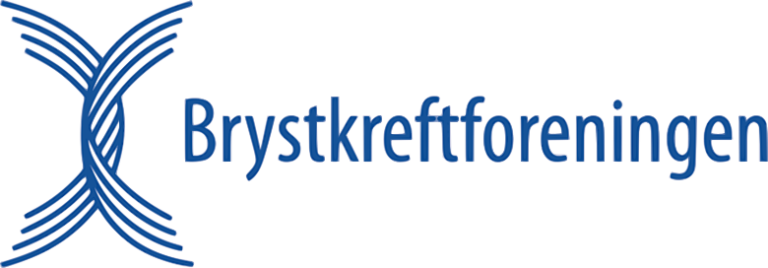The aim of PBCB is to establish a population-based biobank to catch the biological development from the primary tumor via circulating biomarkers to the recurrence / metastasis in breast cancer. Since the 5-year survival rate for Stage I and II patients today is approximately 90%, breast cancer research has the last decade shifted over to patients with Stage III disease in order to achieve «faster surrogate endpoints» (e.g. pathological complete response (pCR)).
Since PBCB has a observational design on early stage breast cancer, many patients are needed to be accrued with a follow-up time longer than the classic «5-year window,» as late recurrences is typical for the inner biology of breast cancer. Altogether, many patients over a long time period will provide sufficient amount endpoints for robust survival analysis in future studies, also when it comes to patients with early breast cancer. At HUS the patient accrual started in 2011 and at the SUS in 2013. Until now, approx. 650 patients are including at HUS and approx. 330 patients in Stavanger. The aim is to include 1200 + patients.
The main task in PBCB constitute of the long-term, systematic and broad collection of urine and blood samples, often called «liquid biopsies». These are ensured at baseline, which is the period after diagnosis but before treatment (i.e. before surgery). The Liquid biopsy kit consists of Whole blood, serum (20 °C) EDTA plasma (4 °C), PAX Gene tubes, CPT (cell partition tube) tube, EDTA blood CTC isolation and urine. Altogether, 31 aliquots are biobanked at -80 °C for each patient at each blood drawing time point. At SUS, patients are followed for 11 years with a questionnaire package every year and blood and urine tests every six months. At HUS, the follow-up consists of annual blood tests (full blood, serum (20 °C) and EDTA-plasma 20 °C) in the same 11-year time period.
Patients at SUS, who experience a relapse, are followed with blood tests on a «new baseline» (pre-treatment of the relapse) and then monthly for 3 months. Thereafter, they will be followed every six months as usual. The aim is to include a total of 500 patients at SUS and 700 at HUS, 1200 patients all together.
PI: Gunnar Mellgren, Haukeland University Hospital, gunnar.mellgren(a)uib.no.
















